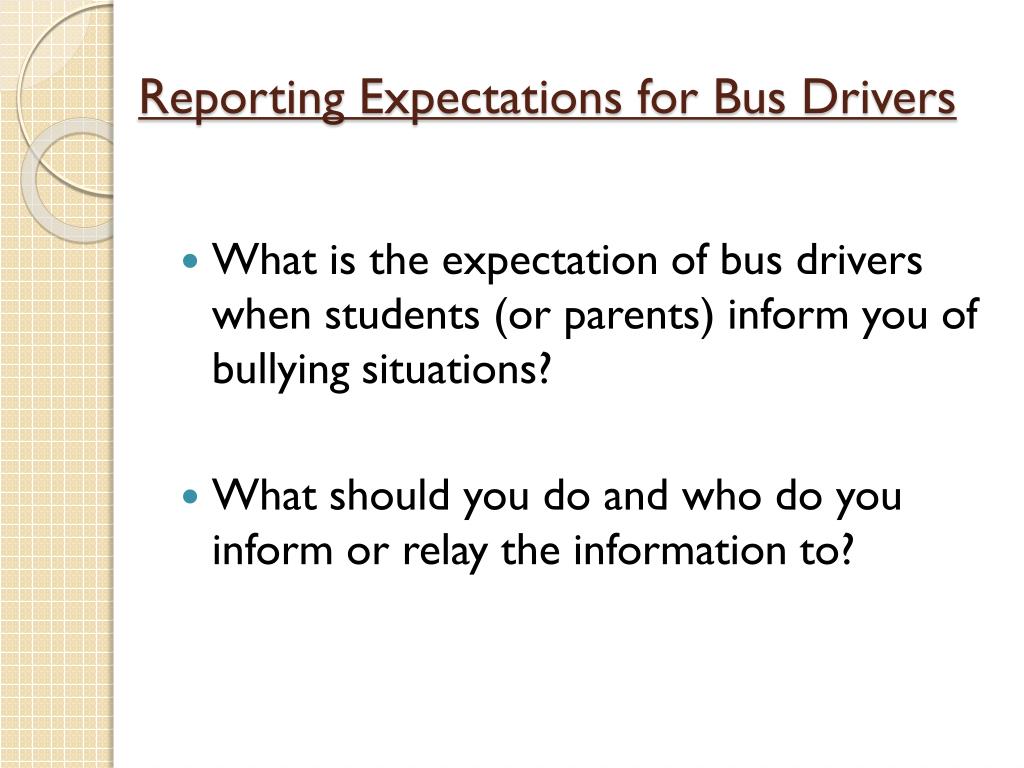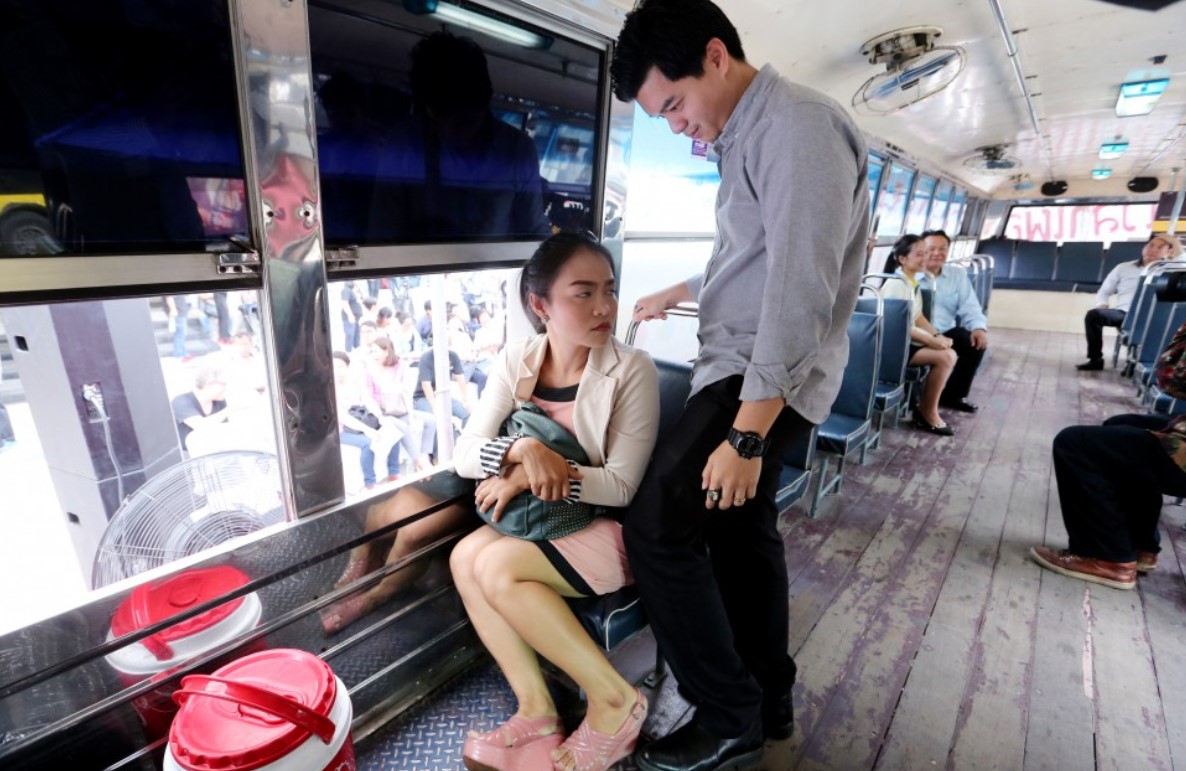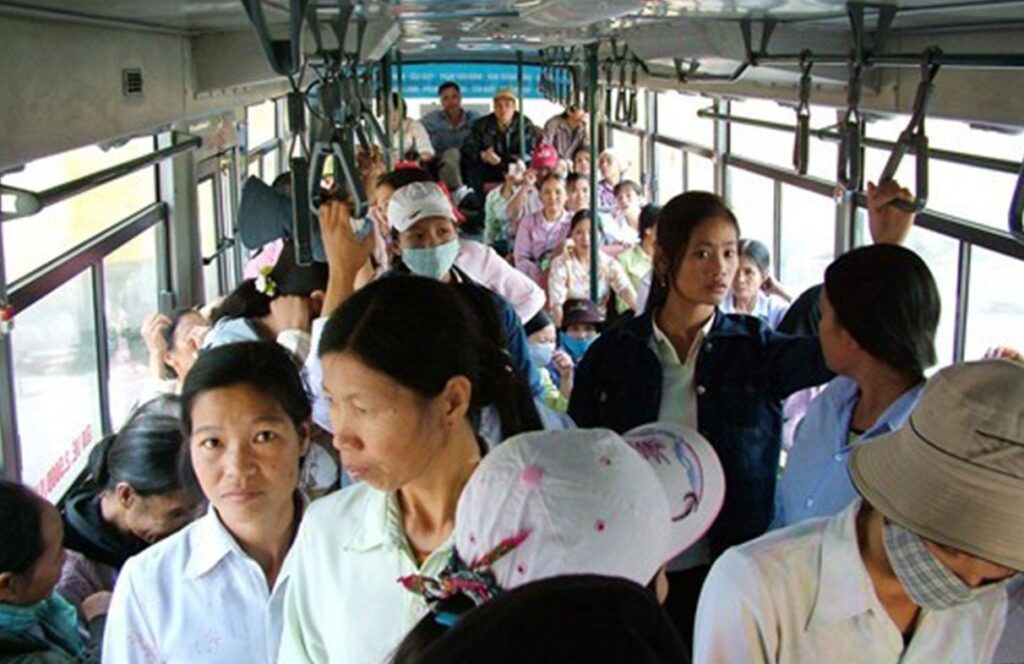Have you ever felt unsafe waiting for a bus? Bus approach harassment is a pervasive issue impacting individuals' daily lives and eroding their sense of security, and it's far more prevalent than many realize.
The term "bus approach harassment" encapsulates a range of unwanted behaviors experienced by individuals while waiting for, boarding, or alighting from buses. This encompasses verbal harassment, such as offensive comments, insults, or threats; physical harassment, including unwanted touching, groping, or intimidation; and visual harassment, such as leering or displaying offensive images. Such actions create an environment of fear and discomfort, undermining the right to safe and accessible public transportation.
The insidious nature of bus approach harassment extends beyond individual experiences, impacting society as a whole. When individuals feel unsafe using public transportation, they may limit their mobility, affecting their access to employment, education, healthcare, and social opportunities. This can lead to social isolation, economic hardship, and a diminished quality of life. Furthermore, the prevalence of harassment on public transit systems can deter others from using these services, exacerbating traffic congestion, pollution, and other societal problems. Understanding the nuances of this issue is the first step towards creating safer and more inclusive public spaces. It requires a comprehensive approach that addresses both individual behaviors and systemic factors contributing to the problem.
- Bridgette B The Hottest Porn Star See Her Best Videos Now
- Lisa Frdric Arnault Dating The Latest Buzz Rumors
Sexual harassment, a particularly egregious form of harassment, manifests as unsolicited verbal or physical contact of a sexual nature that is inherently threatening or creates a hostile environment. This can occur in two primary ways: quid pro quo harassment and hostile work environment harassment. Quid pro quo harassment involves explicit or implicit demands for sexual favors in exchange for employment benefits or to avoid adverse actions. Hostile work environment harassment, on the other hand, occurs when unwelcome sexual conduct is so severe or pervasive that it creates an intimidating, offensive, or abusive work environment. Both forms of sexual harassment are illegal and have devastating consequences for victims.
The legal framework surrounding harassment varies depending on jurisdiction, but generally includes laws prohibiting discrimination and harassment based on protected characteristics such as sex, race, religion, and disability. These laws often apply to both workplaces and public spaces, including public transportation systems. Additionally, some jurisdictions have specific laws addressing harassment on public transit, providing additional protections for riders. However, even with these legal protections in place, enforcement can be challenging, and victims may face significant barriers to reporting harassment and seeking justice. It is crucial to raise awareness of these legal protections and to ensure that victims have access to resources and support to navigate the legal system.
Preventing and addressing bus approach harassment requires a multi-faceted approach involving individuals, communities, transportation agencies, and policymakers. Strategies may include implementing bystander intervention programs to empower individuals to safely intervene when they witness harassment; increasing surveillance and security measures on buses and at bus stops; providing training for bus drivers and transit staff on how to recognize and respond to harassment; and launching public awareness campaigns to educate riders about their rights and responsibilities. Additionally, creating welcoming and inclusive environments on public transit can help to deter harassment and promote a sense of community.
- Adrienne King Richard Hassanein An American Story Unfolds
- Philip Careys Wives Colleen Welch Maureen Peppler A Life Story
Bystander intervention strategies play a crucial role in preventing and addressing harassment. These strategies empower individuals to recognize potentially hostile situations and to respond safely and effectively to de-escalate the situation and protect the victim. Bystander intervention can take many forms, from directly intervening by confronting the harasser or offering support to the victim, to indirectly intervening by distracting the harasser or alerting authorities. The key is to assess the situation and choose the intervention strategy that is most appropriate and safe for the bystander. Bystander intervention programs can provide training and resources to help individuals develop the skills and confidence to intervene effectively.
For individuals who experience or witness bus approach harassment, there are several steps they can take to protect themselves and others. These include: staying aware of their surroundings and avoiding isolated or poorly lit areas; trusting their instincts and removing themselves from situations that feel unsafe; documenting any incidents of harassment, including the date, time, location, and details of what occurred; reporting the harassment to the transportation agency, law enforcement, or other relevant authorities; and seeking support from friends, family, or a professional counselor. It is important to remember that victims of harassment are not to blame and that they have the right to seek help and justice.
While it may seem straightforward to define and prevent harassment, the reality is far more complex. The nuances of human interaction, cultural differences, and power dynamics can make it difficult to determine when a behavior crosses the line from acceptable to harassing. Our comments, interactions, and behaviors are influenced by our ethnic backgrounds, cultural values, sex, and other factors, which can lead to misunderstandings and misinterpretations. Therefore, it is essential to approach the issue of harassment with sensitivity, empathy, and a commitment to creating a respectful and inclusive environment for all.
Harassment can occur wherever and whenever work takes place, even outside of traditional work hours. Employee behaviors outside of work that impact the workplace are covered under harassment policies. For instance, if an employee sends an inappropriate photo to a colleague outside of work hours, this could still be considered workplace harassment if it impacts the relationship between the employees at work. This highlights the importance of maintaining professional boundaries and being mindful of the impact of one's behavior, even when not physically at work.
Agencies and policymakers are increasingly partnering with community organizations to address harassment and improve rider experience on public transit. These partnerships can help to develop and implement effective strategies to prevent and respond to harassment, as well as to promote a culture of respect and inclusivity. Community organizations can provide valuable insights into the needs and concerns of riders, and can help to build trust and collaboration between the transportation agency and the community.
Online stalking or harassment, also known as cyberstalking, involves using the internet or other technology to monitor, stalk, harass, threaten, control, or impersonate another person. This can include monitoring someone's internet use, email, or other electronic communication; sending threatening or harassing messages; spreading rumors or false information online; or impersonating someone on social media. Online stalking or harassment can have devastating consequences for victims, leading to emotional distress, fear, and even physical harm.
While sexual harassment is a form of workplace harassment, the United States Department of Labor defines workplace harassment more broadly. Workplace harassment can include harassment based on race, religion, national origin, age, disability, or other protected characteristics. It can also include bullying, intimidation, and other forms of abusive behavior that create a hostile work environment. Employers have a legal and ethical responsibility to prevent and address all forms of workplace harassment.
To effectively address harassment, it is essential to collect data on the types, locations, and frequency of incidents. This data should be disaggregated by gender, race, and other relevant characteristics to understand how harassment affects different groups of riders. By analyzing this data, transportation agencies can identify hotspots for harassment and develop targeted interventions to improve safety and security. Data collection should be conducted in a way that protects the privacy of victims and encourages reporting.
Strategic placement and design of bus stops can also help to prevent harassment. Bus stops should be located away from land uses that attract criminal behavior, such as bars, liquor stores, or ATMs. Transit settings should be designed to minimize dark nooks and crannies where harassers can hide. Adequate lighting, clear sightlines, and security cameras can help to deter harassment and create a safer environment for riders.
- Who Is Mary Clark Putman Unveiling David Hartmans Wife
- Andrew Benintendis Life Wife Parents More Latest Updates


